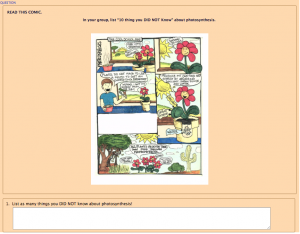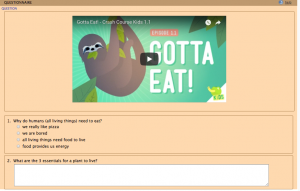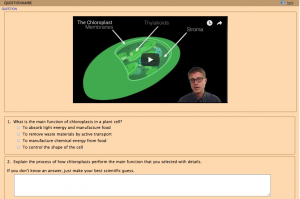I found that LfU- Learning for Use framework (Edelson, D. C. 2001) and Illuminations merged perfectly as the learner is motivated through simulations to understand the specific content or skills based on a recognition of the usefulness of that content beyond the learning environment. Moreover, Illuminations and Applets support increased motivation through tasks/lessons that are constructed and scaffolded to allow the learner to perceive themselves to be competent (Srinivasan, S. et al., 2006). As a primary teacher, I often struggle with the implementation of stimulation activities and whether it is more advantageous over real hands-on applications. For instance, using Minecraft vs. Makerspace materials to evaluate the suitability of different materials and designs for their use in a building task. Finkelstein, N.D., et al., 2005 noted that simulation does not lend itself to“mess around” and it was less restrictive compared working with real equipment. For this reason, the below lesson integrates an inquiry-based task with simulations which can be used to enhance students’ understanding of tessellations while making it learner-focused and meaningful (Edelson, D. C. 2001).
Grade 3: Geometry: Tesselations

Motivation- Western education often artificially separates learning into discrete subject areas. A First Nation, Metis, Inuit (FNMI) believe perspective uses an integrated approach. For example, the making of a star quilt would be seen as an art involving geometry (including symmetry and rotations), an opportunity to meet a quilt maker from the community, and a way to learn cultural teachings regarding the star pattern and quilt. Quiltmaking is often a communal experience and this working with others to meet a common goal is an opportunity to explore and learn about the importance of establishing and maintaining relationships (Education, A. 2005).
Elicit Curiosity- The mayor of our city has asked us to create a Canada 150 storytelling quilt and it will be displayed at the City Hall. The challenge is to use only tessellations with a 150 Canada symbol in the middle.
Observe- Regular and Irregular Tessellations
In small groups, students are given an example of tessellations and “non-tessellations”. These varieties allow students to see that tessellations can come in multiple forms and will help avoid misconceptions. This activity allows for different perspectives and experiences to commonly discuss tessellations. The LfU (Edelson, D. C. 2001) constructivism model poses two processes that enable learners to construct understanding:
- observation through firsthand experience, and
- reception through communication with others.
Communicate- A tessellation is a repeating pattern of polygons that cover a plane with no gaps or overlaps. What kind of tessellations can you make out of regular polygons? https://illuminations.nctm.org/Activity.aspx?id=3533
What shapes tessellate? If shapes can be combined to make patterns that repeat and cover the plane, then they tessellate. What patterns can you find?
- Which of the shapes tessellate by themselves? Can you cover the plane with just triangles? just squares? just pentagons?
- Try to find a way to make a tessellation with just squares and octagons. Which other combinations of shapes tessellate?
- Is there a way to tell if shapes can tessellate by looking at the properties of those shapes? How?
As Finkelstein, N.D., et al., 2005 stated computer-based activities:
- Increased student access to productive concepts, and representations
- Constrain the students in productive ways. (p. 6)
Reflect- https://calculationnation.nctm.org/Games/
By using the simulation game, teachers can examine the geometry and strategy used in the game without specifically focusing on it. While students are playing the game, circulate the room, and ask students questions such as:
- How are you choosing where to put your next tile?
- Which type of tile do you like using the best? Why?
- Why do you think the game creators designed the game board in this way?
Once students have completed one game, have them select a tesselation then share the strategies they used for winning or playing the game.

Apply- The Exit Ticket: students generate a definition of a tessellation, in a group of four and provide each group with two images, an example and a non-example of a tessellation. The group should work together to determine which image is a tessellation and give a detailed explanation as to their answer. Be sure to have students also describe why the non-example is not a tessellation, as to clear up any misconceptions.
Extension- Finally, as a group, the students can create a Canada 150 tessellation quilt piece. Similar to the FNMI culture, this quilt making experience will bring the classroom culture together to work collaboratively making the Canada 150 quilt (tessellations) to tell a story.
I appreciated Finkelstein, N.D., et al. (2005) stating that simulations are a useful tool to promote student learning. In saying that, whether it is virtual or real equipment used to promote conceptual knowledge either learning environment should foster the development of students’ critical and reasoning skills.
I stumbled across this resource, it did not fit into this posting but I thought someone might find it helpful. Virtual Manipulatives: http://nlvm.usu.edu/en/nav/topic_t_3.html
A couple of quesitons:
- Will students soon expect some form a simulation activity or virtual environment in every STEM lesson?
- Did you believe simulations provide teachers more time to design and more freedom to assist with individualized student instruction?
Education, A. (2005). Our words, our ways: teaching First Nations, Métis and Inuit learners. Edmonton, AB: Alberta Education.
Edelson, D. C. (2001). Learning‐for‐use: A framework for the design of technology‐supported inquiry activities. Journal of Research in Science teaching, 38(3), 355-385.
Finkelstein, N.D., Perkins, K.K., Adams, W., Kohl, P., & Podolefsky, N. (2005). When learning about the real world is better done virtually: A study of substituting computer simulations for laboratory equipment. Physics Education Research,1(1), 1-8
Srinivasan, S., Perez, L. C., Palmer,R., Brooks,D., Wilson,K., & Fowler. D. (2006). Reality versus simulation. Journal of Science Education and Technology, 15 (2), 137-141
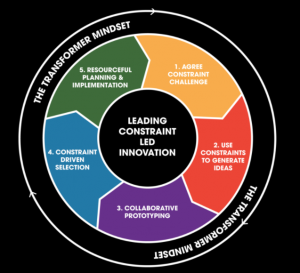

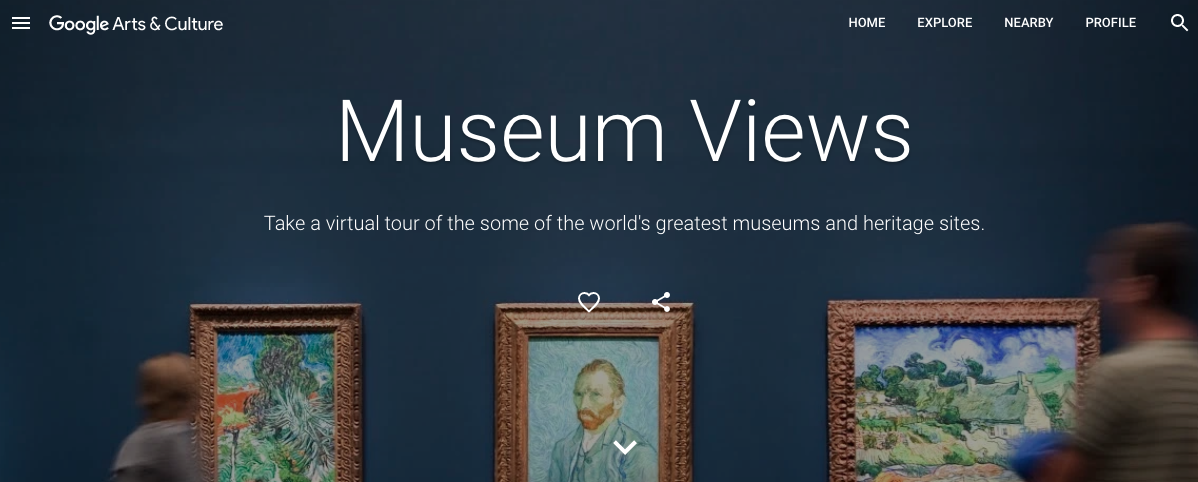
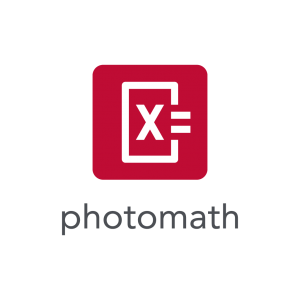
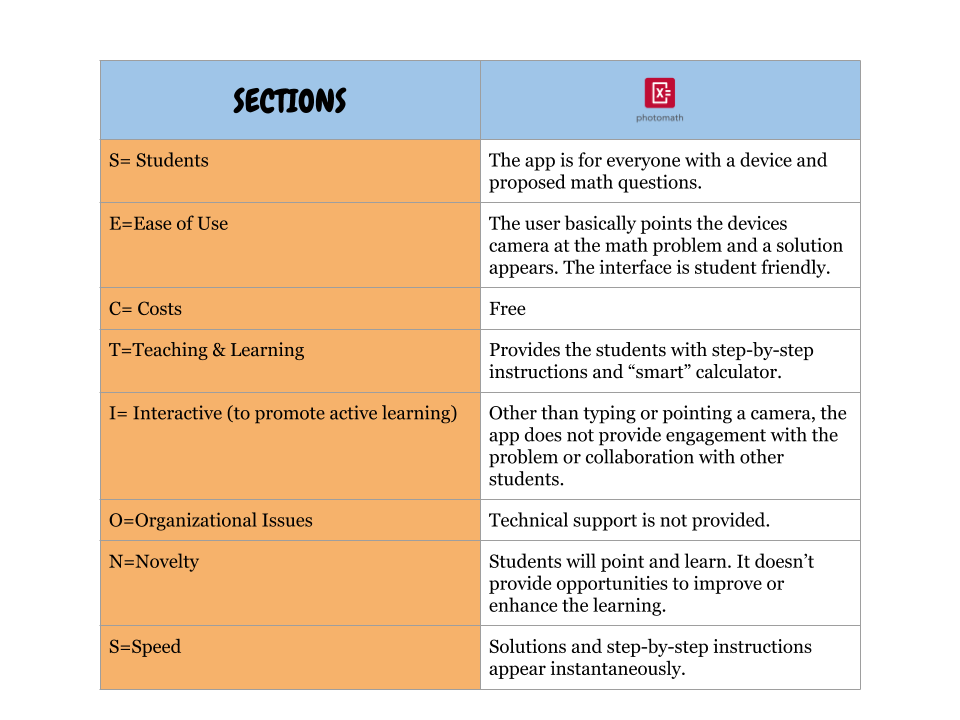 Bates, A. W., & Poole, G. (2003). Effective Teaching with Technology in Higher Education: Foundations for Success. Jossey-Bass, An Imprint of Wiley. 10475 Crosspoint Blvd, Indianapolis, IN 46256.
Bates, A. W., & Poole, G. (2003). Effective Teaching with Technology in Higher Education: Foundations for Success. Jossey-Bass, An Imprint of Wiley. 10475 Crosspoint Blvd, Indianapolis, IN 46256.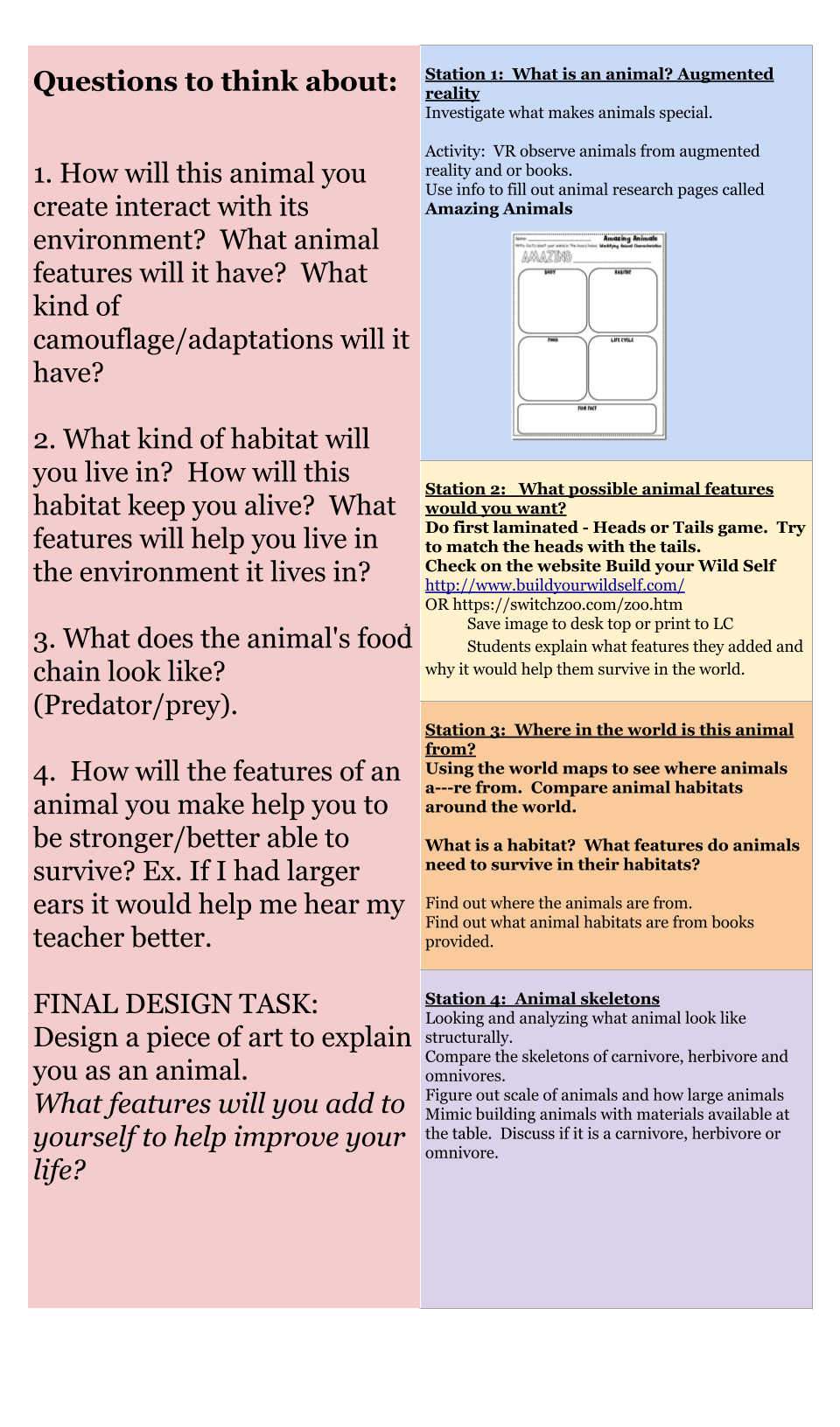 Note: Station 1 uses the
Note: Station 1 uses the 
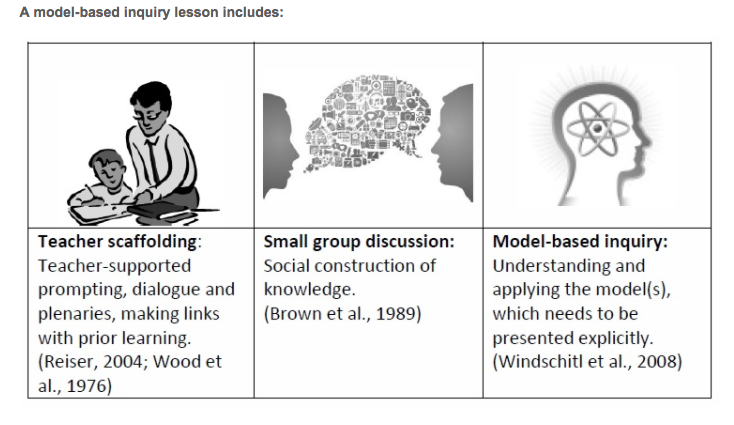
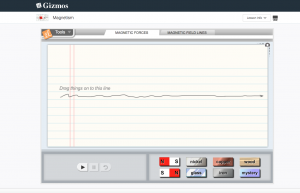
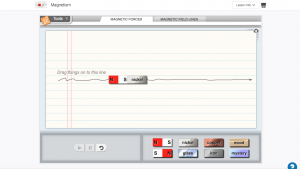
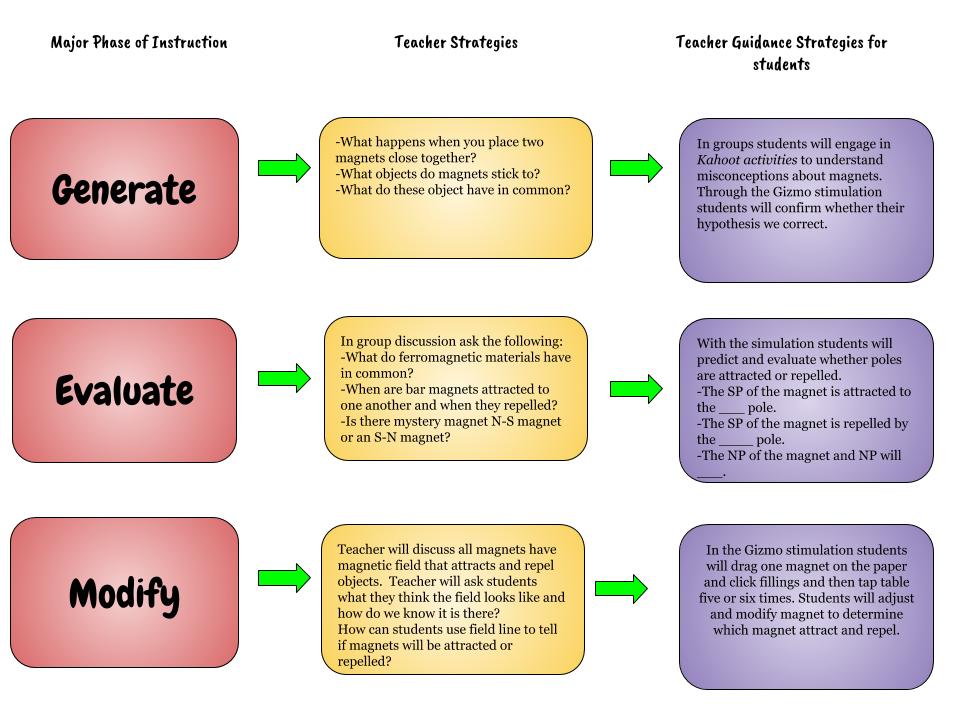
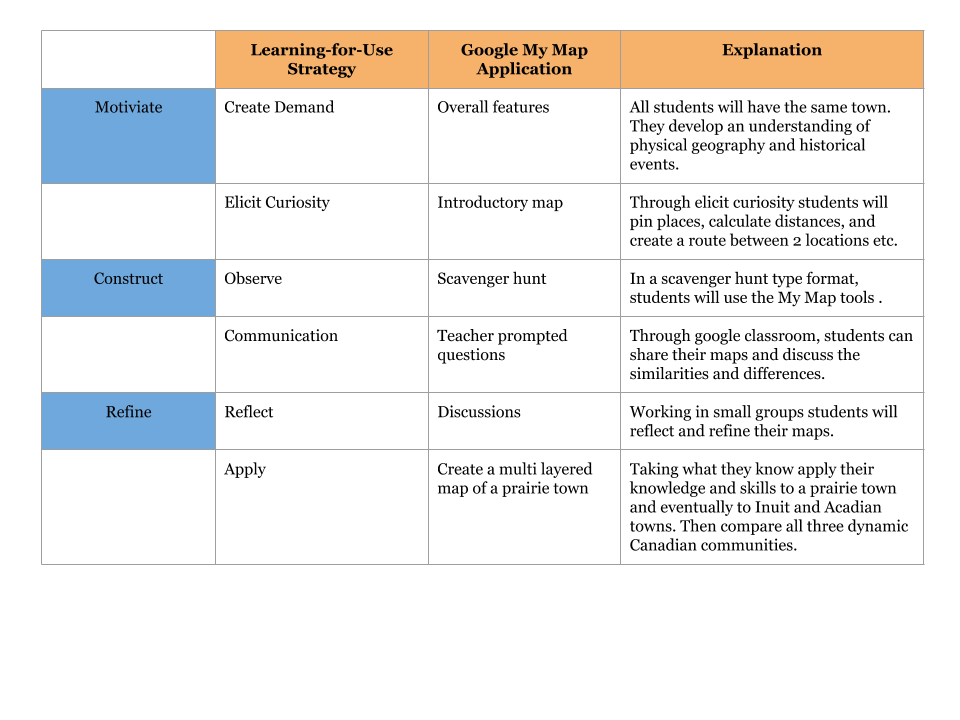 Edelson, D.C. (2001). Learning-for-use: A framework for the design of technology-supported inquiry activities. Journal of Research in Science Teaching,38(3), 355-385.
Edelson, D.C. (2001). Learning-for-use: A framework for the design of technology-supported inquiry activities. Journal of Research in Science Teaching,38(3), 355-385.